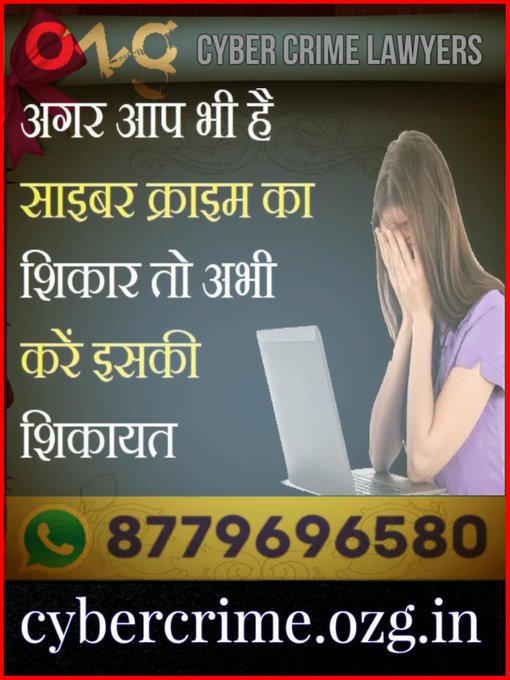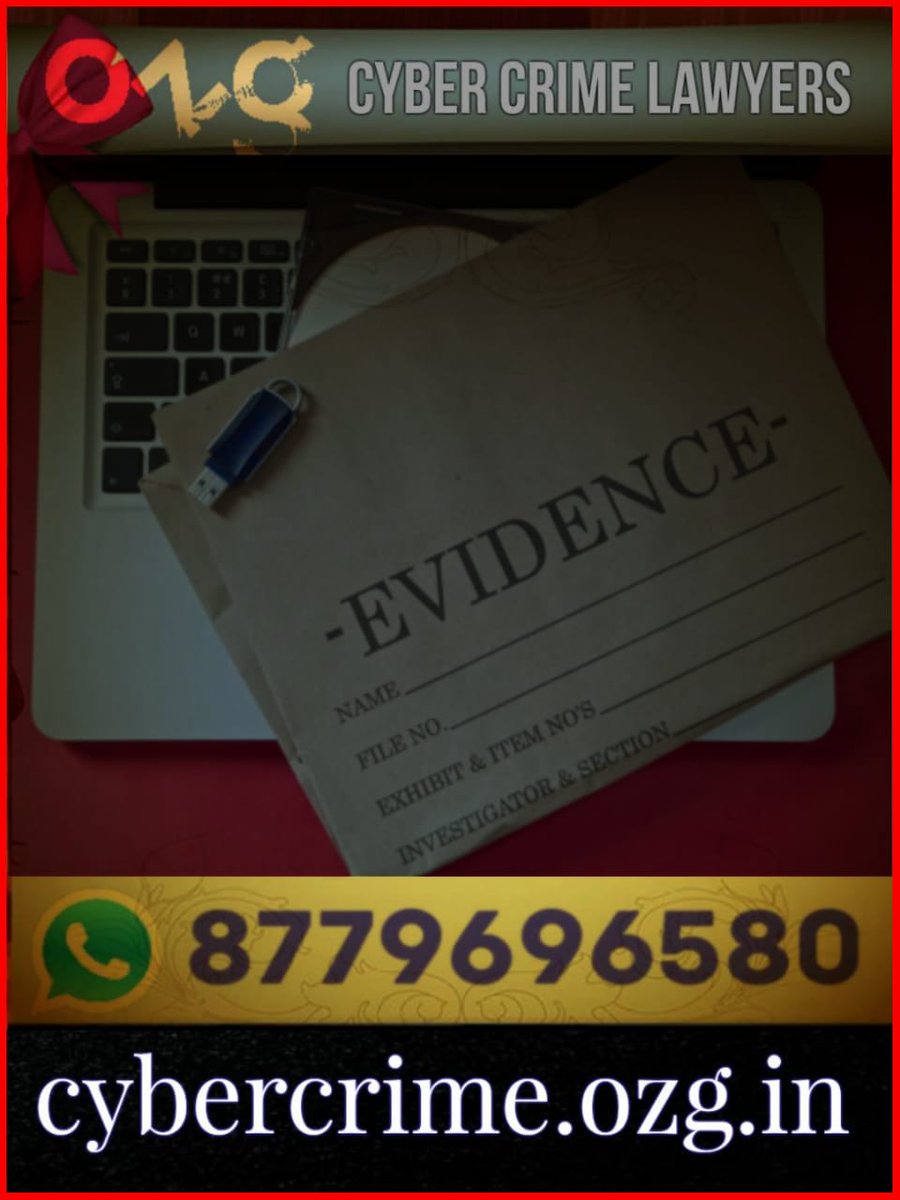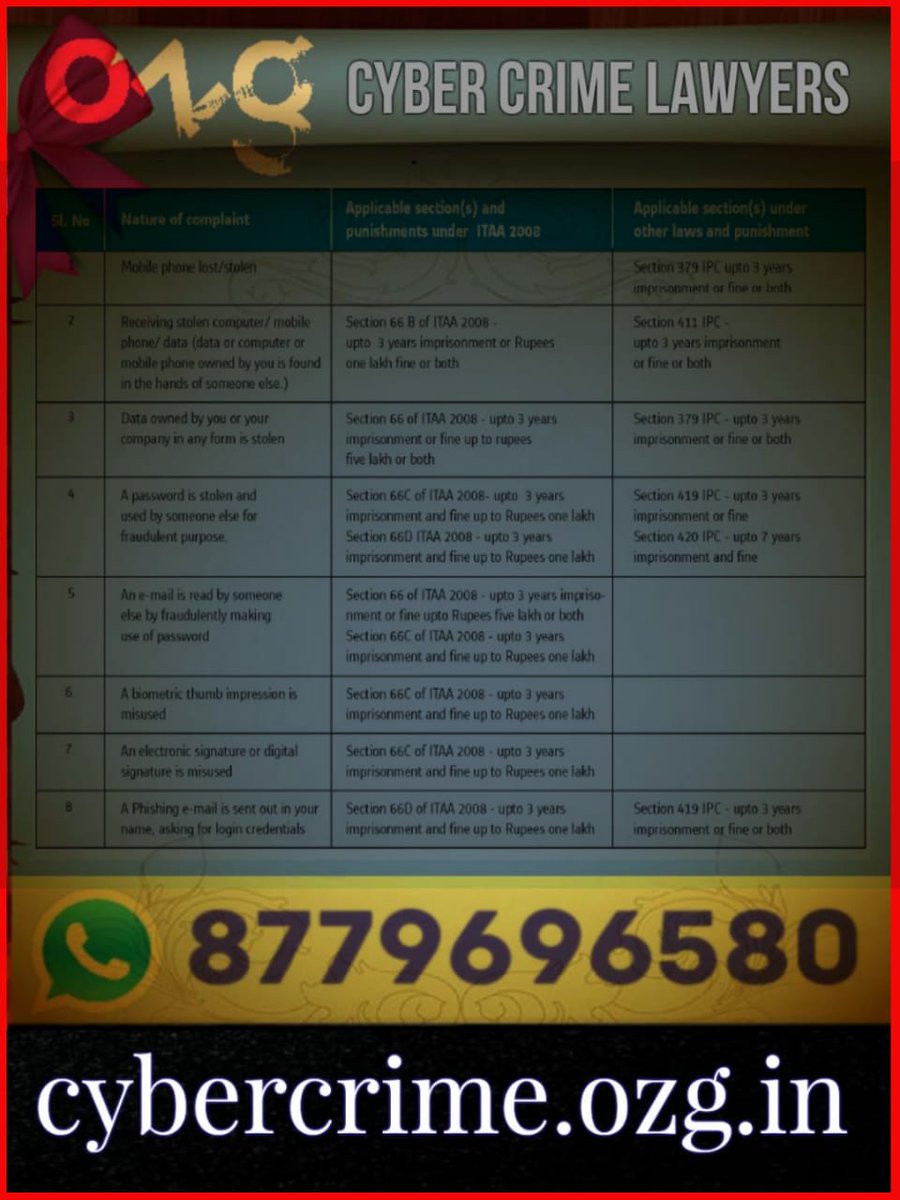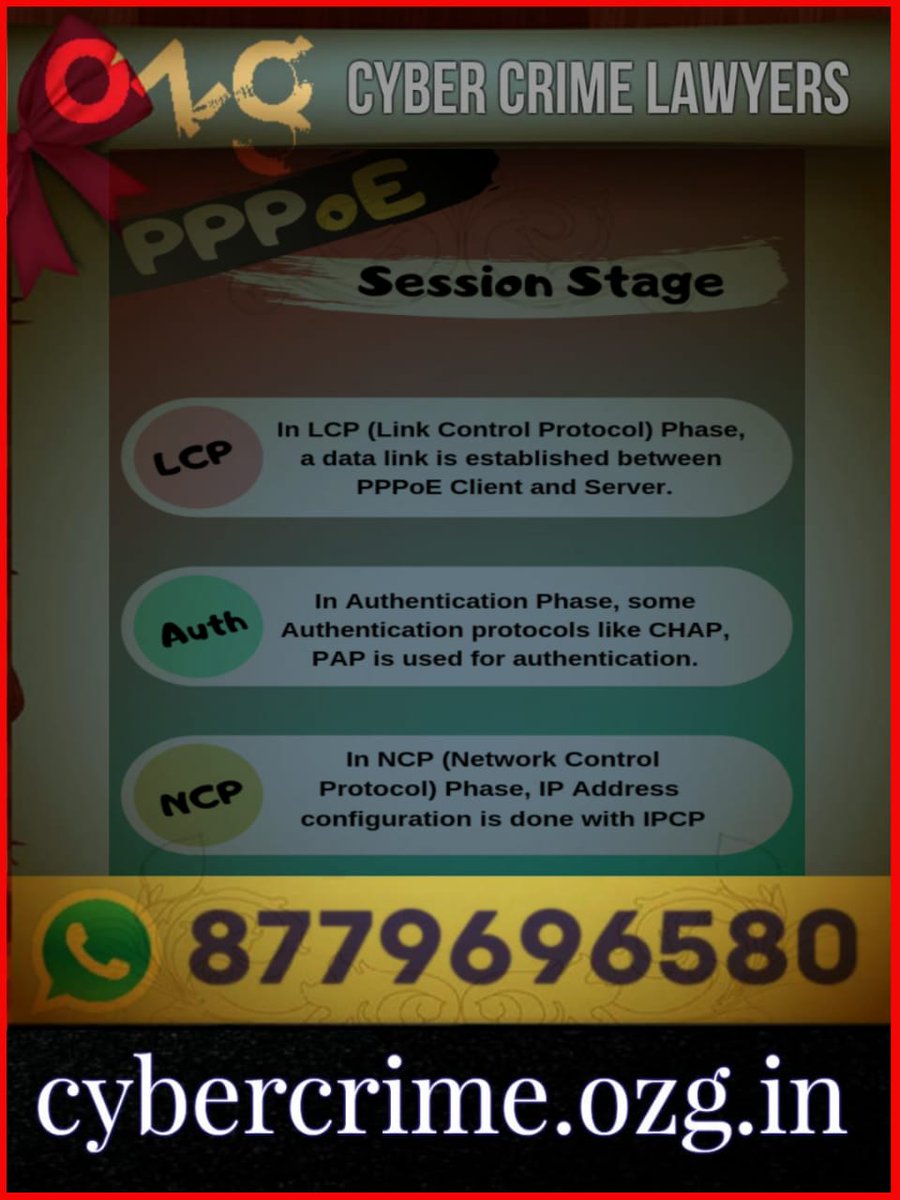Baill Laws in India are described under Section 437, 438, 439 of Code of Criminal Procedure, 1973. A brief description of the aforesaid sections is given hereunder for ready reference:
Section 437 of Code of Criminal Procedure, 1973 contemplates that any person arrested or detained in a non-bail able offence, the Court other than Sessions Court may grant him bail.
Section 438 of Code of Criminal Procedure, 1973 contemplates that the Session Court or the High Court may grant anticipatory bail to a person apprehending arrest.
Section 439 of Code of Criminal Procedure, 1973 contemplates that the Sessions Court or the High Court can grant bail to a person who has been arrested.
Bail laws in India are very complicated as the bail to any accused person is at the discretion of the court which considers the facts of the case, the conduct of the accused, the background of the accused, the law and several other factors. The role of a lawyer in getting bail from the court becomes very important as the accused can be confined to judicial custody if the case is not properly presented and contested before the court by a competent lawyer.
BAIL FORMAT INDIA UNDER SECTION 437 OF CODE OF CRIMINAL PROCEDURE
BEFORE THE COURT OF METROPOLITAN MAGISTRATE, AT (give the name of the police station or the Illaka Magistrate where the bail application is being filed)
IN THE MATTER OF
STATE
VS
(Mention the name of the applicant)
FIR Number: (Mention the FIR number)
Under Section: (Mention the sections under which the FIR has been filed)
Police Station: (Mention the name of the Police Station)
Accused under custody since: (Give the date on which accused has been arrested)
APPLICATION UNDER SECTION 437 CRPC FOR GRANT OF BAIL ON BEHALF OF THE ACCUSED (name of the applicant of the bail along with his fathers name, address and other details)
MOST RESPECTFULLY SUBMITTED AS UNDER:
1. That the present FIR has been registered on false and bogus facts. The facts stated in the FIR are fabricated, concocted and without any basis.
2. That the police has falsely implicated the applicant and arrested him in the present case, the applicant is a respectable citizen of the society and is not involved any criminal case.
3. That the facts stated in the complainant against the applicant are civil disputes and does not constitute any criminal offence at all.
4. That the applicant is not required in any kind of investigation nor any kind of custodial interrogation is required, nor any recovery is to be made at the instance of the applicant.
5. That the applicant is having very good antecedents, he belongs to good family and there is no criminal case pending against them.
6. That the applicant is a permanent resident and there are no chances of his absconding from the course of justice.
7. That the applicant undertakes to present himself before the police/court as and when directed.
8. That the applicant undertakes that he will not, directly or indirectly make any inducement, threat or promise to any person acquainted with the facts of the case so as to dissuade him from disclosing such facts to the Court or to any police officer.
9. That the applicant further undertakes not to tamper with the evidence or the witnesses in any manner.
10. That the applicant shall not leave India without the previous permission of the Court.
11. That the applicant is ready and willing to accept any other conditions as may be imposed by the Court or the police in connection with the case.
PRAYER
It is therefore prayed that the court may order for the release of the applicant on bail in the interest of justice.
Any other order which the court may deem fit and proper in the facts and circumstances of the case may be also passed in favor of the applicant.
APPLICANT
THROUGH
COUNSEL
IMPORTANT TIPS FOR FILING OF BAIL FORMAT INDIA UNDER SECTION 437 OF THE CODE OF CRIMINAL PROCEDURE:
The bail format India under Section 437 of the Code of Criminal Procedure is filed before the court of the concerned Magistrate first who is also called the Ilaka Magistrate.
The bail format India under Section 437 of the Code of Criminal Procedure is filed after the arrest of the accused by the police.
The bail format India under Section 437 of Code of Criminal Procedure can be filed by any close relative or Parokar on behalf of the accused if the bail application is being moved when the accused is not before the Court.
The bail format India is also to be signed by the Counsel who is filing the bail format India either through his memo of appearance or power of attorney.
No court fee is to be paid on the bail format India when the accused is in custody.
The details of the FIR, name of the accused, fathers name of the accused should be properly mentioned in the bail format India so that the Jail authorities are able to identify him properly after the release order from the Court.
BAIL FORMAT INDIA UNDER SECTION 438 OF THE CODE OF CRIMINAL PROCEDURE FOR ANTICIPATORY BEFORE THE SESSIONS COURT
BEFORE THE DISTRICT AND SESSIONS JUDGE COURT AT (give the name of the District Court where the anticipatory bail application format India is being filed)
IN THE MATTER OF
STATE
VS
(Mention the name of the accused)
FIR Number: (Mention the FIR number)
Under Section: (Mention the sections under which the FIR has been filed)
Police Station: (Mention the name of the Police Station)
APPLICATION U/S 438 CRPC FOR GRANT OF ANTICIPATORY BAIL ON BEHALF OF THE ACCUSED (name of the applicant of the bail)
MOST RESPECTFULLY SUBMITTED AS UNDER:
1. That the present FIR has been registered on false and bogus facts. The facts stated in the FIR are fabricated, concocted and without any basis.
2. That the police has falsely implicated the applicant in the present case, the applicant is a respectable citizen of the society and is not involved any criminal case.
3. That the facts stated in the complainant against the applicant are civil disputes and does not constitute any criminal offence at all.
4. That the applicant is not required in any kind of investigation nor any kind of custodial interrogation is required.
5. That the applicant is having very good antecedents, he belongs to good family and there is no criminal case pending against them.
6. That the applicant is a permanent resident and there are no chances of his absconding from the course of justice.
7. That the applicant undertakes to present himself before the police/court as and when directed.
8. That the applicant undertakes that he will not, directly or indirectly make any inducement, threat or promise to any person acquainted with the facts of the case so as to dissuade him from disclosing such facts to the Court or to any police officer.
9. That the applicant further undertakes not to tamper with the evidence or the witnesses in any manner.
10. That the applicant shall not leave India without the previous permission of the Court.
11. That the applicant is ready and willing to accept any other conditions as may be imposed by the Court or the police in connection with the case.
12. That the Court below has failed to consider all the facts and circumstances of the case and has wrongly dismissed the anticipatory bail application.
It is therefore prayed that the court may direct the release the applicant on bail in the event of his arrest by the police.
Any other order which the court may deem fit and proper in the facts and circumstances of the case may be also passed in favor of the applicant.
APPLICANT
THROUGH
COUNSEL
Request a FREE Callback from a Bail Expert at Ozg Lawyers @ bail.ozg.in
IMPORTANT TIPS FOR FILING OF BAIL FORMAT INDIA UNDER SECTION 438 OF THE CODE OF CRIMINAL PROCEDURE:
The bail format India under Section 438 of the Code of Criminal Procedure is filed before the Sessions Court at first.
The bail format India under Section 438 of the Code of Criminal Procedure is to be signed by the accused or the applicant of the bail.
An affidavit in support of the bail format India is also to be filed along with the main application.
A readable copy of the FIR is also to be filed along with the bail format India.
All relevant documents are also to be filed along with the bail format India by which the applicant is seeking bail from the court.
The bail format India is also to be signed by the Counsel who is filing the bail format India either through his memo of appearance or power of attorney.
The details of the FIR, name of the accused, fathers name of the accused should be properly mentioned in the bail format India so that the said contents are properly mentioned in the judicial records.
ANTICIPATORY BAIL FORMAT INDIA UNDER SECTION 438 OF CODE OF CRIMINAL PROCEDURE TO BE FILED BEFORE THE HIGH COURT IN THE EVENT OF THE APPLICATION FOR ANTICIPATORY BAIL BEING DISMISSED BY THE SESSIONS COURT
BEFORE THE HIGH COURT AT (give the name of the High Court where the anticipatory bail application format India is being filed)
IN THE MATTER OF
STATE
VS
(Mention the name of the accused)
FIR Number: (Mention the FIR number)
Under Section: (Mention the sections under which the FIR has been filed)
Police Station: (Mention the name of the Police Station)
APPLICATION U/S 438 CRPC FOR GRANT OF ANTICIPATORY BAIL ON BEHALF OF THE ACCUSED (name of the applicant of the bail)
MOST RESPECTFULLY SUBMITTED AS UNDER:
1. That the present FIR has been registered on false and bogus facts. The facts stated in the FIR are fabricated, concocted and without any basis.
2. That the police has falsely implicated the applicant in the present case, the applicant is a respectable citizen of the society and is not involved any criminal case.
3. That the facts stated in the complainant against the applicant are civil disputes and does not constitute any criminal offence at all.
4. That the applicant is not required in any kind of investigation nor any kind of custodial interrogation is required.
5. That the applicant is having very good antecedents, he belongs to good family and there is no criminal case pending against them.
6. That the applicant is a permanent resident and there are no chances of his absconding from the course of justice.
7. That the applicant undertakes to present himself before the police/court as and when directed.
8. That the applicant undertakes that he will not, directly or indirectly make any inducement, threat or promise to any person acquainted with the facts of the case so as to dissuade him from disclosing such facts to the Court or to any police officer.
9. That the applicant further undertakes not to tamper with the evidence or the witnesses in any manner.
10. That the applicant shall not leave India without the previous permission of the Court.
11. That the applicant is ready and willing to accept any other conditions as may be imposed by the Court or the police in connection with the case.
12. That the Court below has failed to consider all the facts and circumstances of the case and has wrongly dismissed the anticipatory bail application.
It is therefore prayed that the court may direct the release the applicant on bail in the event of his arrest by the police.
Any other order which the court may deem fit and proper in the facts and circumstances of the case may be also passed in favor of the applicant.
APPLICANT
THROUGH
COUNSEL
IMPORTANT TIPS FOR FILING OF BAIL FORMAT INDIA UNDER SECTION 438 OF THE CODE OF CRIMINAL PROCEDURE:
The bail format India under Section 438 of the Code of Criminal Procedure is to be signed by the accused or the applicant of the bail.
An affidavit in support of the bail format India is also to be filed along with the main application.
A readable copy of the FIR is also to be filed along with the bail format India.
All relevant documents are also to be filed along with the bail format India by which the applicant is seeking bail from the court.
The bail format India is also to be signed by the Counsel who is filing the bail format India either through his memo of appearance or power of attorney.
The details of the FIR, name of the accused, fathers name of the accused should be properly mentioned in the bail format India so that the said contents are properly mentioned in the judicial records.
A certified or true copy of the order passed by the Sessions Court be also filed along with.
BAIL FORMAT INDIA UNDER SECTION 439 OF THE CODE OF CRIMINAL PROCEDURE FOR BAIL BEFORE THE SESSIONS COURT
BEFORE THE DISTRICT AND SESSIONS JUDGE COURT AT (give the name of the District Court where the bail application format India is being filed)
IN THE MATTER OF
STATE
VS
(Mention the name of the accused)
FIR Number: (Mention the FIR number)
Under Section: (Mention the sections under which the FIR has been filed)
Police Station: (Mention the name of the Police Station)
Accused under custody since (Give the date from when the accused is in custody)
APPLICATION U/S 439 CRPC FOR GRANT OF BAIL ON BEHALF OF THE ACCUSED (name of the applicant of the bail)
MOST RESPECTFULLY SUBMITTED AS UNDER:
1. That the present FIR has been registered on false and bogus facts. The facts stated in the FIR are fabricated, concocted and without any basis.
2. That the police has falsely implicated the applicant in the present case, and arrested him although the applicant is a respectable citizen of the society and is not involved any criminal case.
3. That the facts stated in the complainant against the applicant are civil disputes and does not constitute any criminal offence at all.
4. That the applicant is not required in any kind of investigation nor any kind of custodial interrogation is required.
5. That the applicant is having very good antecedents, he belongs to good family and there is no criminal case pending against them.
6. That the applicant is a permanent resident and there are no chances of his absconding from the course of justice.
7. That the applicant undertakes to present himself before the police/court as and when directed.
8. That the applicant undertakes that he will not, directly or indirectly make any inducement, threat or promise to any person acquainted with the facts of the case so as to dissuade him from disclosing such facts to the Court or to any police officer.
9. That the applicant further undertakes not to tamper with the evidence or the witnesses in any manner.
10. That the applicant shall not leave India without the previous permission of the Court.
11. That the applicant is ready and willing to accept any other conditions as may be imposed by the Court or the police in connection with the case.
12. That the Court below has failed to consider all the facts and circumstances of the case and has wrongly dismissed the bail application.
It is therefore prayed that the court may direct the release the applicant on bail in the interest of justice.
Any other order which the court may deem fit and proper in the facts and circumstances of the case may be also passed in favor of the applicant.
APPLICANT
THROUGH
COUNSEL
IMPORTANT TIPS FOR FILING OF BAIL FORMAT INDIA UNDER SECTION 439 OF THE CODE OF CRIMINAL PROCEDURE:
The bail format India under Section 439 of the Code of Criminal Procedure can be signed by any close relative or Parokar of the accused.
An affidavit in support of the bail format India is also to be filed alongwith the main application.
A readable copy of the FIR is also to be filed alongwith the bail format India.
All relevant documents are also to be filed alongwith the bail format India on the basis of which the applicant is seeking bail from the court.
The bail format India is also to be signed by the Counsel who is filing the bail format India either through his memo of appearance or power of attorney.
The details of the FIR, name of the accused, fathers name of the accused should be properly mentioned in the bail format India so that the said contents are properly mentioned in the release order and the Jail authorities are able to identify the accused properly.
BAIL FORMAT INDIA TO BE FILED BEFORE THE HIGH COURT IN THE EVENT OF THE APPLICATION FOR BAIL BEING DISMISSED BY THE SESSIONS COURT
BEFORE THE HIGH COURT AT (give the name of the High Court where the bail application format India is being filed)
IN THE MATTER OF
STATE
VS
(Mention the name of the accused)
FIR Number: (Mention the FIR number)
Under Section: (Mention the sections under which the FIR has been filed)
Police Station: (Mention the name of the Police Station)
Accused in custody since: (Give the date since when the accused is in custody)
APPLICATION U/S 439 CRPC FOR GRANT OF ANTICIPATORY BAIL ON BEHALF OF THE ACCUSED (name of the applicant of the bail)
MOST RESPECTFULLY SUBMITTED AS UNDER:
1. That the present FIR has been registered on false and bogus facts. The facts stated in the FIR are fabricated, concocted and without any basis.
2. That the police has falsely implicated the applicant in the present case, and has arrested him. The applicant is a respectable citizen of the society and is not involved any criminal case.
3. That the facts stated in the complainant against the applicant are civil disputes and does not constitute any criminal offence at all.
4. That the applicant is not required in any kind of investigation nor any kind of custodial interrogation is required.
5. That the applicant is having very good antecedents, he belongs to good family and there is no criminal case pending against them.
6. That the applicant is a permanent resident and there are no chances of his absconding from the course of justice.
7. That the applicant undertakes to present himself before the police/court as and when directed.
8. That the applicant undertakes that he will not, directly or indirectly make any inducement, threat or promise to any person acquainted with the facts of the case so as to dissuade him from disclosing such facts to the Court or to any police officer.
9. That the applicant further undertakes not to tamper with the evidence or the witnesses in any manner.
10. That the applicant shall not leave India without the previous permission of the Court.
11. That the applicant is ready and willing to accept any other conditions as may be imposed by the Court or the police in connection with the case.
12. That the Court below has failed to consider all the facts and circumstances of the case and has wrongly dismissed the bail application.
It is therefore prayed that the court may direct the release the applicant on bail in the interest of justice.
Any other order which the court may deem fit and proper in the facts and circumstances of the case may be also passed in favor of the applicant.
APPLICANT
THROUGH
COUNSEL
[succ]IMPORTANT TIPS FOR FILING OF BAIL FORMAT INDIA UNDER SECTION 439 OF THE CODE OF CRIMINAL PROCEDURE:
The bail format India under Section 439 of the Code of Criminal Procedure can be signed by any close relative or Parokar of the accused.
An affidavit in support of the bail format India is also to be filed along with the main application.
A readable copy of the FIR is also to be filed along with the bail format India.
All relevant documents are also to be filed along with the bail format India by which the applicant is seeking bail from the court.
The bail format India is also to be signed by the Counsel who is filing the bail format India either through his memo of appearance or power of attorney.
The details of the FIR, name of the accused, fathers name of the accused should be properly mentioned in the bail format India so that the said contents are properly mentioned in the release order, and the Jail authorities can identify the accused properly.
A certified copy or true copy of the order passed by the Court of Session is to be filed along with with the bail format India.







